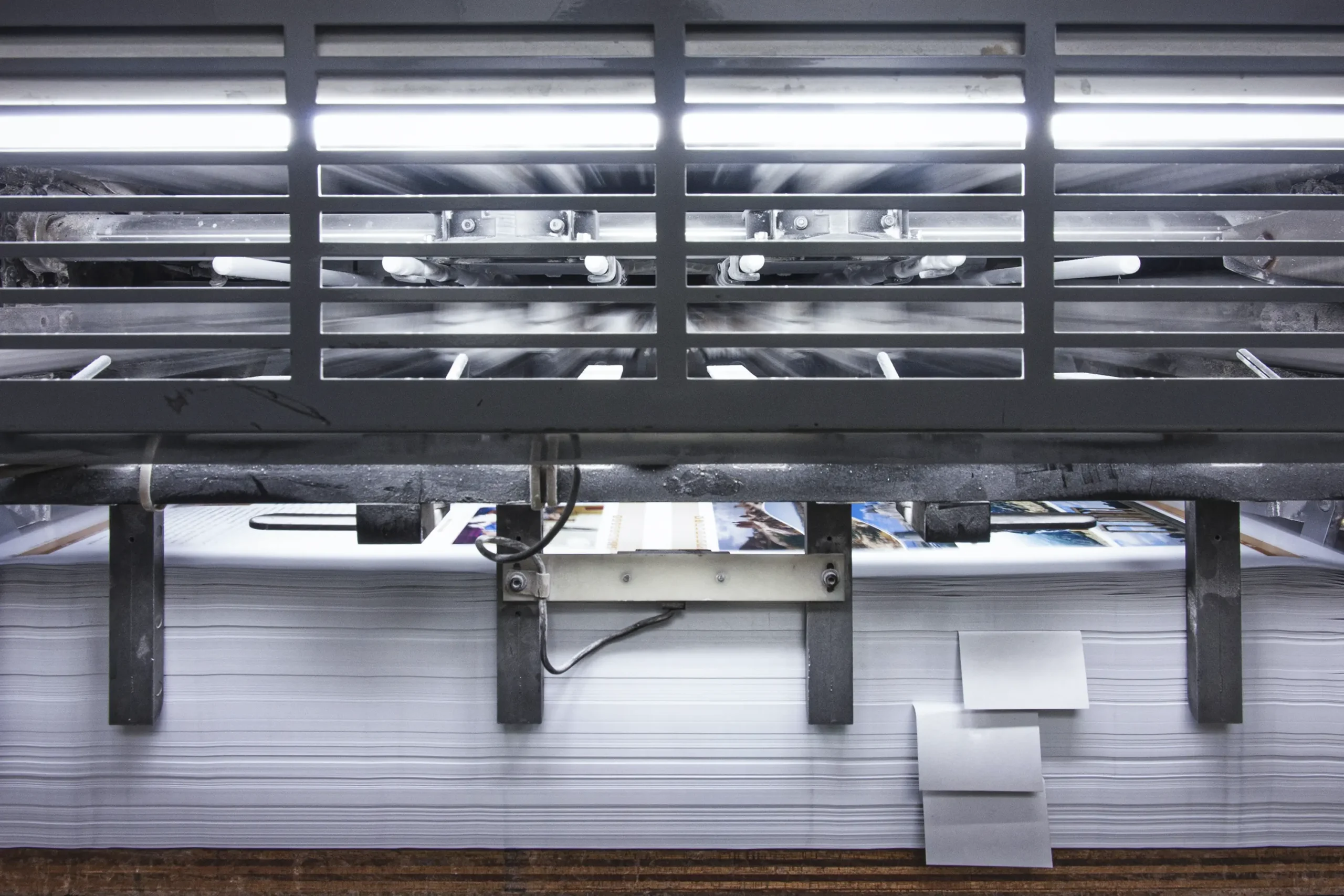
Photo by Srdjan Ivankovic on Unsplash
It’s difficult to predict exactly what trends will emerge in the printing industry in 2023, as it is constantly evolving and adapting to new technologies and changing customer needs. However, here are a few potential trends that could shape the industry in the coming years:
- Personalization: As consumers become more accustomed to personalized products and experiences, there is likely to be a trend towards more customized printing options. This could include on-demand printing of personalized products, such as personalized packaging or promotional materials.
- Increased use of digital printing: Digital printing technologies, which allow for the production of high-quality prints quickly and cost-effectively, are expected to continue to grow in popularity. This could lead to a shift away from traditional printing methods, such as offset printing.
- Sustainability: The trend towards sustainable printing practices, including the use of eco-friendly materials and processes, is expected to continue to grow in importance. Businesses will likely seek out printing partners that are committed to sustainability in order to reduce their environmental impact and appeal to socially-conscious consumers.
- Integration of AR and VR: The use of augmented reality (AR) and virtual reality (VR) in the printing industry is expected to increase, allowing businesses to create interactive and immersive experiences for their customers. This could include AR-powered packaging or virtual product demonstrations.
- Increased automation: The adoption of automation in the printing industry is likely to continue, with the use of robotics and artificial intelligence (AI) expected to become more widespread. This could lead to more efficient production processes and lower costs.
- Expansion of online printing services: The growth of e-commerce and the increasing reliance on online platforms is expected to drive the expansion of online printing services. This could include the development of more advanced online design tools and the ability to place orders and track deliveries online.
It’s worth noting that these are just a few potential trends and it is difficult to predict with certainty what the future will hold for the printing industry. However, these are some of the developments that could shape the industry in the coming years.
One of the latest trends in the printing industry is the increasing use of digital printing technologies. Digital printing refers to the process of printing digital-based images directly onto a variety of media, such as paper, cardboard, plastic, and fabric. This technology has become increasingly popular in recent years due to its ability to produce high-quality prints quickly and cost-effectively, without the need for traditional printing plates.
One of the key advantages of digital printing is its ability to produce short runs of customized, high-quality prints. This is particularly useful for businesses that need to produce small quantities of marketing materials, such as brochures, business cards, and promotional products. Digital printing also allows for greater flexibility in terms of design, as it is easier to make changes to a digital file than it is to modify a traditional printing plate.
Another trend in the printing industry is the growing demand for sustainable printing practices. This includes the use of eco-friendly printing materials and processes, as well as the recycling of printing waste. Many businesses are seeking out printing partners that are committed to sustainability, in order to reduce their environmental impact and appeal to socially-conscious consumers.
In addition to digital printing and sustainability, there is also a trend towards the use of augmented reality (AR) and virtual reality (VR) in the printing industry. These technologies allow businesses to create interactive and immersive experiences for their customers, such as virtual product demonstrations or AR-powered packaging. This can help to increase customer engagement and drive sales, as well as differentiate a business from its competitors.
Overall, the printing industry is constantly evolving and adapting to new technologies and trends. Digital printing, sustainability, and the use of AR and VR are just a few of the latest developments that are shaping the industry. As technology continues to advance, it is likely that we will see even more innovative and exciting changes in the world of printing.

